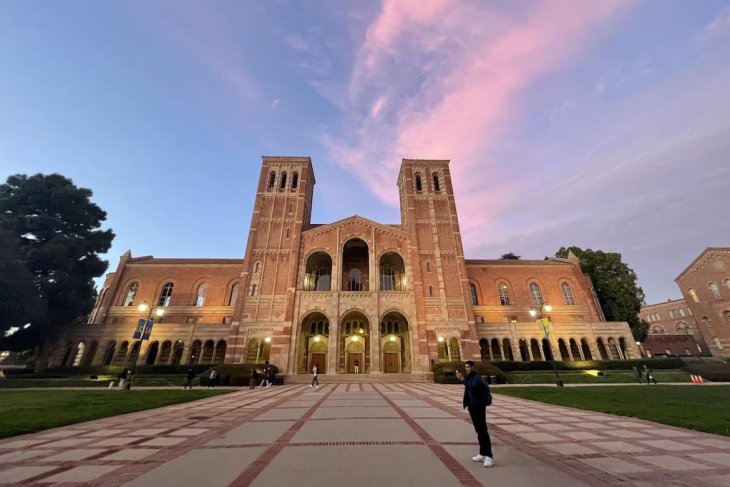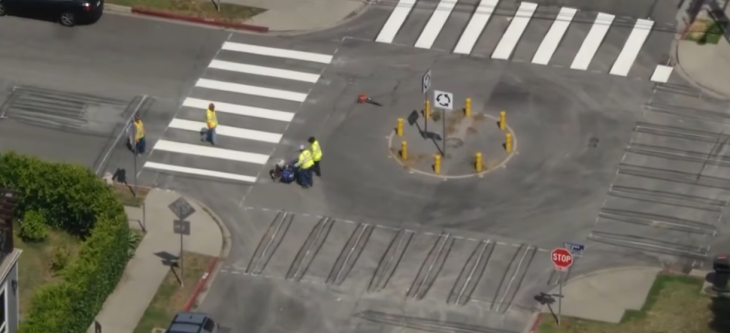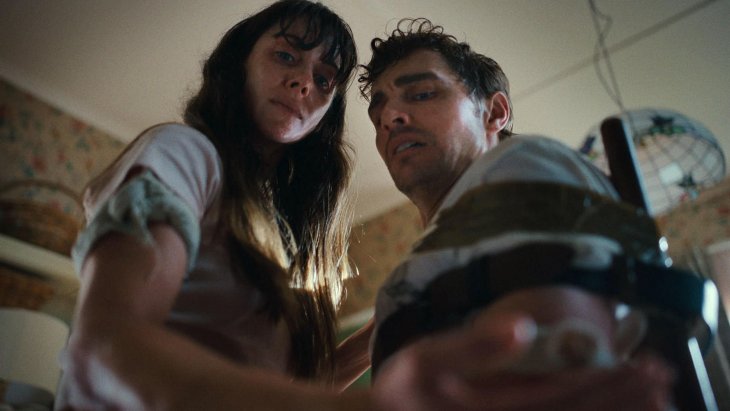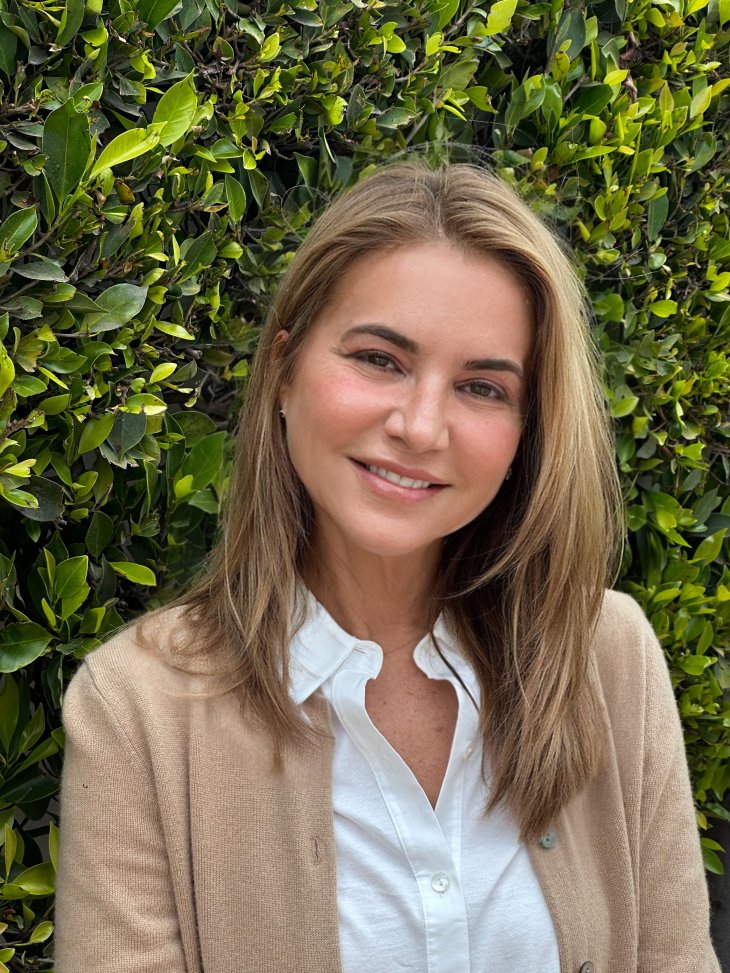California already has a severe shortage of medical doctors and nurse practitioners, the non-doctors trained to do many things previously reserved for physicians.
Now comes Proposition 23, threatening to make things worse. At first glance, this proposal seems to affect only the 80,000 kidney dialysis patients who get care at the more than 550 California clinics devoted to cleansing their blood of a variety of toxins that would otherwise threaten their lives.
The measure requires each clinic to have an MD or nurse practitioner on site at all times, unless the state health department determines there’s a shortage of doctors in the clinic’s immediate area. That won’t happen often, or there would be no point to the Service Employees International Union spending millions to sponsor it.
It’s different from the 2018 Proposition 8, which lost by about a 60-40 percent margin, demanding physicians on site rather than simply increasing clinic work forces, as Prop. 8 sought to do.
Here’s one problem: There is no demonstrated need to keep a doctor on site at every clinic all the time. Doing so, since most clinics operate at least 16 hours daily and many run around the clock, would take upwards of 1,000 doctors and nurse practitioners away from patients who might urgently need them.
Here’s another problem: Reality at most dialysis clinics is that charge nurses – already present at all times – often become more expert at solving dialysis problems than the doctors who are nominally their supervisors.
(Full disclosure: Columnist Elias has had a kidney transplant for more than 23 years. Prior to that, he underwent dialysis three times weekly for many months.)
Plus, many dialysis clinics are located within hospital complexes, and those that aren’t actually within hospital buildings are often very near hospitals, especially in big cities. If there’s urgent need for a physician, most clinics can get one within minutes.
What’s more, the official nonpartisan analysis of Prop. 23 shows it would cost each dialysis clinic hundreds of thousands of dollars yearly, an expense to be paid by Medicare, Medi-Cal and insurance companies – in short, taxpayers and individuals would foot the bill.
Even the ballot argument for Prop. 23 makes no claim that having physicians or nurse practitioners on site all the time will save lives. The argument says only that dialysis patients depend on the process for their very lives. That’s true, but the kinds of complications that might bring urgent need for a doctor are rare.
So what’s this really all about? Reading the ballot arguments gives you a clue. “Dialysis corporations want to protect their profits,” the opponents say, noting that California clinics made $468 million in profits during 2018. “To industry executives, it’s a huge money maker.”
The SEIU appears bent on cutting those profits, forcing the two biggest owners of California dialysis clinics to invest tens of millions of dollars to fight off an unneeded measure, just two years after they spent $110 million to ward off the failed Prop. 8.
Those two companies are Germany’s Fresenius Corp. and Denver-based DaVita Corp., which together own about 70 percent of the state’s dialysis clinics. So far, the firms have spent more than $80 million trying to beat Prop. 23.
Their domination of dialysis sticks in union craws, as they resist expanding clinic staffs unless patient loads rise enough to create a serious need. The SEIU is also unhappy with the reality that Fresenius, one of the world’s two largest makers of dialysis machines, profits both from selling the machines, plus supplying filters and hoses that must be changed out for each patient and from fees for the treatment itself. Dialysis patients who do not receive transplants must get dialyzed multiple times weekly for their entire life spans. Many receive dialysis for more than 20 years.
It’s a situation that’s far from perfect, regardless of how Prop. 23 may do this fall. But there’s nothing in this proposition that would improve things for anyone but the union sponsoring the measure, which hopes to use it to help organize the clinics.
Email Thomas Elias at tdelias@aol.com. His book, “The Burzynski Breakthrough: The Most Promising Cancer Treatment and the Government’s Campaign to Squelch It,” is now available in a soft cover fourth edition. For more Elias columns, visit www.californiafocus.net

























